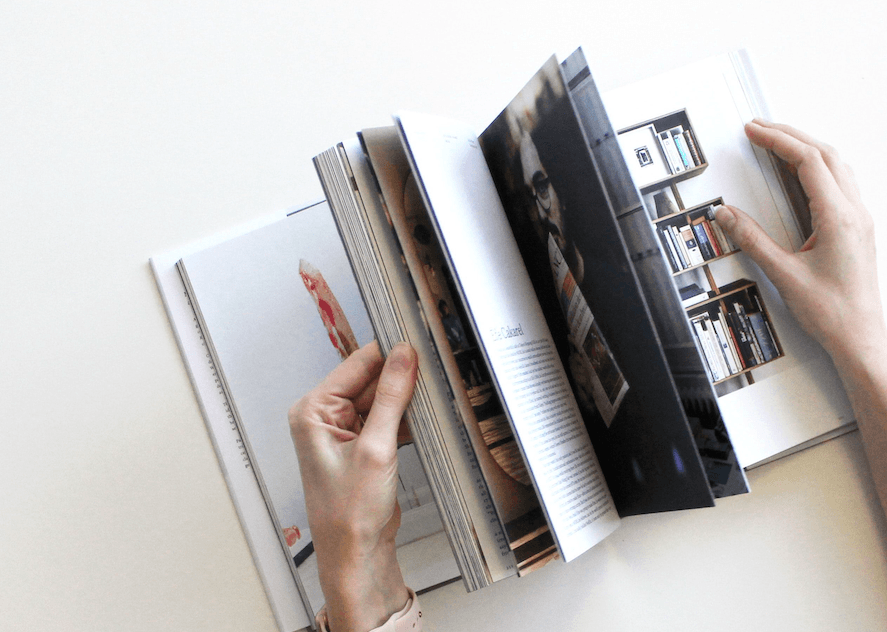Remembering Donyale Luna: the first woman of colour on the cover of Vogue
The fashion industry certainly maintains a complex relationship with diversity and inclusion, one which remains a persistent issue today. Although significant strides have been made to incorporate models of varying ethnicities, black models such as Jourdan Dunn still speak of prejudicial treatment and discrimination within the field.
While we do see more racially diverse figures gracing magazine covers and editorial spreads, such models have endured a tumultuous history within the industry, and thus owe their success to their founding foremothers who paved the way. Perhaps the most pioneering of these was Donyale Luna, the African-American model from Detroit who became the first black woman to feature on the cover of British Vogue in 1966.
Largely forgotten from cultural memory, Luna’s revolutionary contributions to the fashion industry have been obscured from many industry-led narratives. Perhaps due to her premature passing in 1979, the full impacts of her legacy have only been realised recently.
Her mere presence in the industry can be seen as a display of defiance and revolution
Indeed, in the words of her daughter Dream, Donyale Luna began “a journey that would change the nature of the fashion industry – and our understanding of beauty” forever. As a young black woman growing up in the social and political context of the Civil Rights Movement, her mere presence in the industry can be seen as a display of defiance and revolution in itself.
In the 1960s there were no opportunities for aspiring black models. The industry was led by the white man, who employed the white woman. Therefore, when she was scouted by the prominent fashion photographer David McCabe, it is clear that she was given a huge opportunity – a chance to be welcomed into a world previously barred to her on account of her skin colour.
Although she enjoyed relative success in New York, the ingrained racialised tensions that made up the fabric of U.S. society proved too strong.
Luna from Detroit soon became the most in-demand model globally
She was hailed as an exotic symbol of resistance, a mythical beauty often characterised as “Nefertiti reborn”, but outside the art world, she was continually faced with a barrage of sustained racialised criticism. Magazine readers threatened to rescind their subscriptions on account of her appearance.
Realising that her life in America would always be defined by the colour of her skin, she relocated to Europe and reached superstardom within a year.
As a creative visionary, artists, in all senses of the word, were continually drawn to her. Acting as a muse for Andy Warhol, David Bailey, and Salvador Dali, Luna from Detroit soon became the most in-demand model globally.
She sought to challenge the oppressive constructs that dictate how women should look
Following her Vogue shoot in March of 1966, she went on to model for many famous fashion houses including Valentino, Paco Rabanne and Yves Saint Laurent. She even dabbled in the film industry, working with renowned Italian filmmakers such as Federico Fellini and Carmelo Bene.
A trailblazer in her personal life also, she married a native Italian photographer whom she had met during her time working in Italy. Although Europe was a far more accepting place than her native homeland, interracial marriage was still a highly rare occurrence. Even more so was the product of that marriage – her daughter Dream.
Although Donyale Luna sadly died at the young age of 33, it is clear that she was very much ahead of her time. Both personally and professionally, she sought to challenge the oppressive constructs that dictate how women should look, behave and feel. Her presence certainly helped to dismantle these ingrained notions of feminine beauty and lay the foundations for the more diverse industry we see today.
Her commitment to diversity has caused a ripple effect
Through her, modelling became an art form; a means of expression and activism. Indeed, Halima Aden’s 2019 Sports Illustrated shoot wearing the hijab and burkini certainly emphasises this.
Without Donyale Luna, the industry would not have produced some of the biggest black names in fashion. Namely, Naomi Sims, Tyra Banks, Naomi Campbell, Winnie Harlow and Jasmine Tookes. Her commitment to diversity has caused a ripple effect, where women of differing faiths, disability, size and colour have all found a place in fashion.

Comments